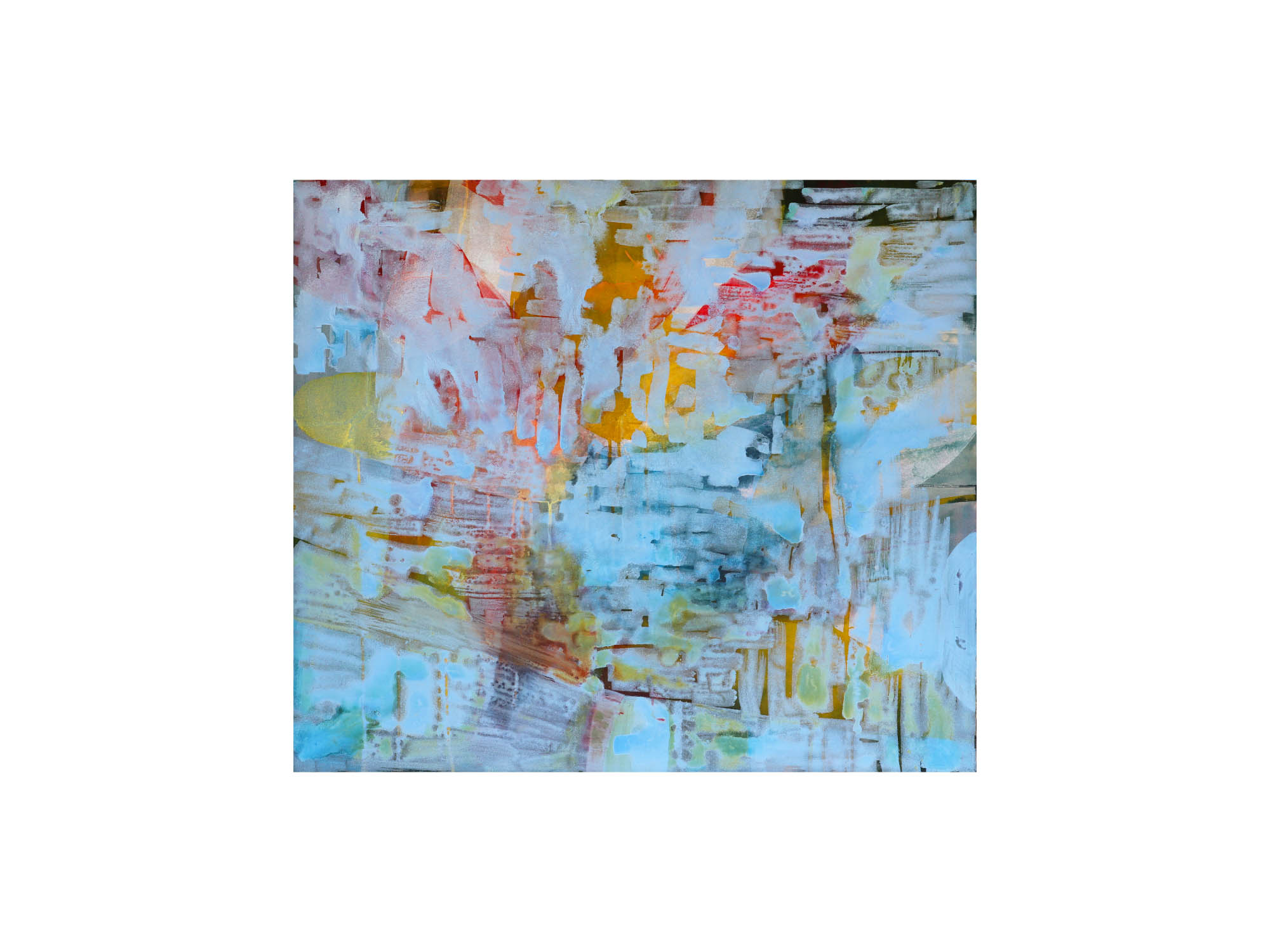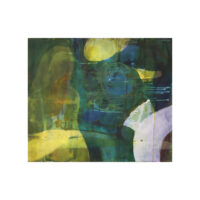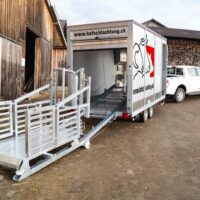The subjective body is an experience. Through this body, the I finds its destiny.
To begin with, a brief clarification of how I use the terms ‘objective body’ and ‘subjective body’ in this text. Physical conditions apply to the objective body. The subjective body is the animate, personal expression and manifestation through a subject-related development; the subjective body comes to be, it is mine. I can see and possess the objective body; I must feel the subjective body and fulfill it through my existence.
Home is Formed Through the Subjective Body.
The subjective body is home: I am completely within and completely with myself. I live in myself.
In contact, I encounter the world. Through the skin I am connected with the outside and at the same time separated from it. How deep does a touch of the skin, a caress, go? How deeply can we experience it and thereby have a sense of ourselves—have a sense of ourselves as a human being connected with ourselves?
I with myself, me in myself. The subjective body is the space for inward contact.
When I want to engage in an encounter, I do so first with my body. I open myself. I inwardly have a muscle for opening that shows itself visibly on the outside. I go towards something or someone. I encounter the world with my subjective body and entrust myself to it. Thus the subjective body becomes the contact with the world. I experience the resonance with the world in my subjective body.
Trust is Formed Through the Subjective Body.
I make myself receptive in a way that is right for me: not completely closed and not completely open and defenseless, but with my inner connection to myself, trusting.
This trust connects my subjective bodily nature with my feeling and makes it tangible. It touches my sensibility, my well-being or my discomfort. It leads me further into my thinking, to understanding my state. This results in a pulsating dynamic which, as the polarity between the subjective bodily nature and the cognitive aspect, experiences its affirmation—its connectedness with my humanity—through the region of the heart, the feeling level.
Development is Formed Through the Subjective Body.
This occurrence makes it clear that a separation of subjective body and spirit is impossible.
For—as Rudolf Steiner points out—our sense of movement is our sense of destiny! I can understand this to mean that, through the movement of our subjective body, we intuitively move into our destiny, weave our golden thread by taking a right step, a left step, a right step… setting our feet on our path—and it is correct, as intended by destiny!
Identity is Formed Through the Subjective Body.
If we can look at and experience every encounter, which is always a movement, on the basis of the subjective bodily nature as a destiny-creating movement improvisation and not as a literal dialogue, then there is a mindful connectedness with my unconscious intention—with my biographical golden thread—behind it.
Is that already something spiritual? Or is the spiritual the step when I consciously create inner assurance about my being and my path by means of spiritual practice? In that case, the subjective body would be the bearer of my cognitive ability.
For this we need to sense our way in through the objective body and bring ourselves into a certain objective bodily state – being here and now through breathing, inner stillness, a quiet environment, a candle, a verse – which can lead us to the inner open process and spiritual cognition.
The Present is Formed Through the Subjective Body.
The three physical spatial dimensions that Steiner connects musically with melody, rhythm and stroke can be transferred to an experience of the subjective body. Our performance-optimised basic attitude of ‘higher, faster, further’, which also possesses reality in the objective and subjective body, should change to ‘deeper, slower, closer’ if we want to take hold of our subjective body today and make it effective for our I.
An experiment:
‘Deeper’ shows itself in the polarity of top and bottom; a movement between lightness and heaviness which can be stretching and bending of the objective body. Here, a dimension of the physical subjective body is revealed.
‘Slower’ is linked to tempo and rhythm and to the spatial dimension of front and back. On the level of the subjective body, it is focusing and relaxing, a dimension of the etheric part of the subjective body.
‘Closer’ points to the social, emotional component, to relationship, touch, the nearness and also distance that arise in relation to another from the center of the soul. To the left and to the right: this is where the astral body finds itself.
When we penetrate ‘deeper, slower, closer’ in our consciousness as well as in our movement, the body can become an organ of cognition, because spirit and soul meet in it.
What Rudolf Steiner calls the I amalgamates with this interplay in the present. When I anchor myself completely in the interior of these three dimensions, come completely to myself, I become outwardly free! Perhaps a spiritual practice arises on these three levels that, looked at the other way round, can also bring me closer to my subjective body, make it my own, make me resilient and self-confident, and enable me to belong on the basis of an intentional understanding movement of the objective body.
Greater objective corporeality and a departure from alienating processes connect us today with our subjective corporeality and thus bring our spiritual and soul reality down to earth. To be alive, to sustain our life on earth, we need to create familiar spaces, and they start in our own objective bodies. They enable mindful, listening dialogue and healthy interaction with the earth. Then we can also become counterparts who are completely—right down into the subjective body—permeated by wisdom and freedom.
Translation Christian von Arnim
Art Cornelia Friedrich, ‘Himmelblau’, 120 cm × 110 cm, ink and acrylic on canvas, 2022.






is there a ‘natural ageing progression’ from “higher faster further” to “deeper slower closer” both at the physical objective and the spiritual subjective consciousness? or in other words is this transition part of the human ageing process ?
Thank you. A lovely piece. Trying to offer the gifts I find in Steiner’s genius, I seem to have written much the same content, though in very different style.
https://www.linkedin.com/pulse/twelve-senses-being-human-nathalie-bethesda/